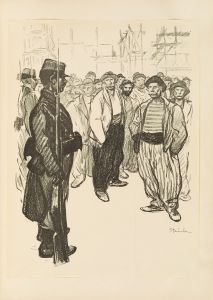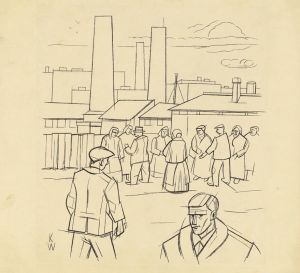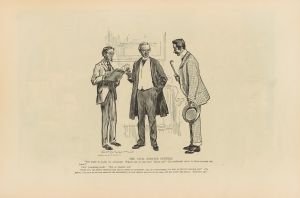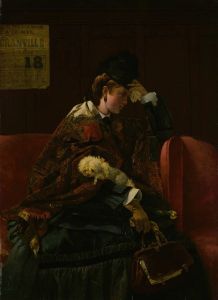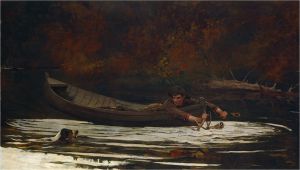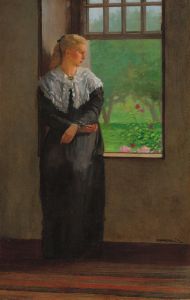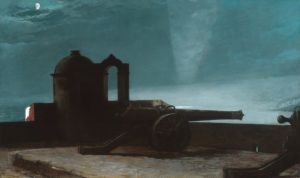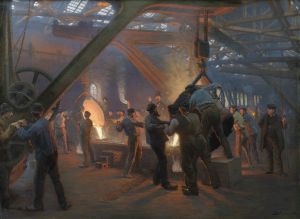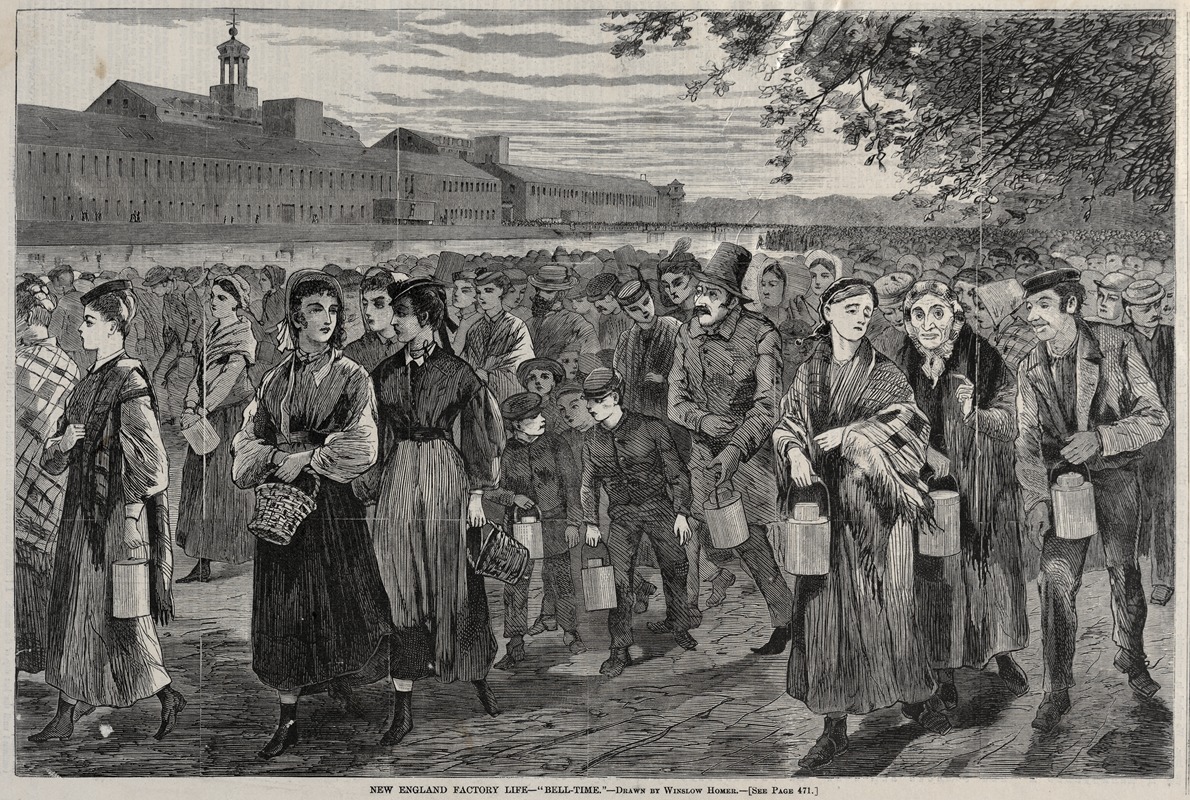
New England Factory Life – ‘Bell-Time’
A hand-painted replica of Winslow Homer’s masterpiece New England Factory Life – ‘Bell-Time’, meticulously crafted by professional artists to capture the true essence of the original. Each piece is created with museum-quality canvas and rare mineral pigments, carefully painted by experienced artists with delicate brushstrokes and rich, layered colors to perfectly recreate the texture of the original artwork. Unlike machine-printed reproductions, this hand-painted version brings the painting to life, infused with the artist’s emotions and skill in every stroke. Whether for personal collection or home decoration, it instantly elevates the artistic atmosphere of any space.
"New England Factory Life – ‘Bell-Time’" is a painting created by American artist Winslow Homer in 1868. This work is an example of Homer’s early career as an illustrator and painter, during which he often depicted scenes of everyday life in 19th-century America. The painting reflects Homer’s interest in capturing the social and cultural dynamics of his time, particularly in the context of industrialization and its impact on society.
The artwork portrays a group of young women leaving a factory at the end of their workday, signaled by the ringing of a bell. The scene is set in a New England mill town, a region that was a hub of textile manufacturing during the Industrial Revolution in the United States. The women, dressed in modest, practical clothing, are shown walking together, suggesting camaraderie and shared experience. The factory building in the background, with its tall windows and industrial architecture, serves as a reminder of the setting’s economic and social significance.
Homer’s depiction of the women highlights their role as part of the growing workforce in industrial America. During this period, many young women, often referred to as "mill girls," left rural areas to work in textile mills in towns such as Lowell, Massachusetts. These women played a crucial role in the early stages of American industrialization, and their experiences were a subject of both admiration and concern in contemporary discourse.
The painting is notable for its attention to detail and its ability to convey a narrative. Homer’s use of light and shadow, as well as his careful rendering of the figures, adds depth and realism to the scene. The title, "Bell-Time," emphasizes the structured nature of factory life, where the ringing of a bell regulated the workers’ daily routines.
"New England Factory Life – ‘Bell-Time’" is part of Homer’s broader body of work that documents various aspects of American life in the 19th century. While he is best known for his later seascapes and depictions of rural life, this painting provides insight into his early focus on themes of labor, community, and the changing social landscape of the United States.
The painting is currently housed in the collection of the Sterling and Francine Clark Art Institute in Williamstown, Massachusetts. It remains an important example of Winslow Homer’s ability to capture the essence of a specific time and place in American history.





